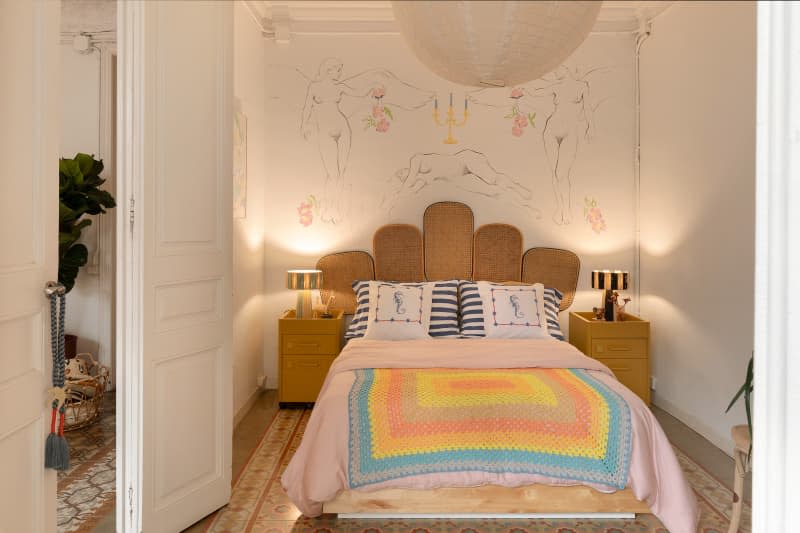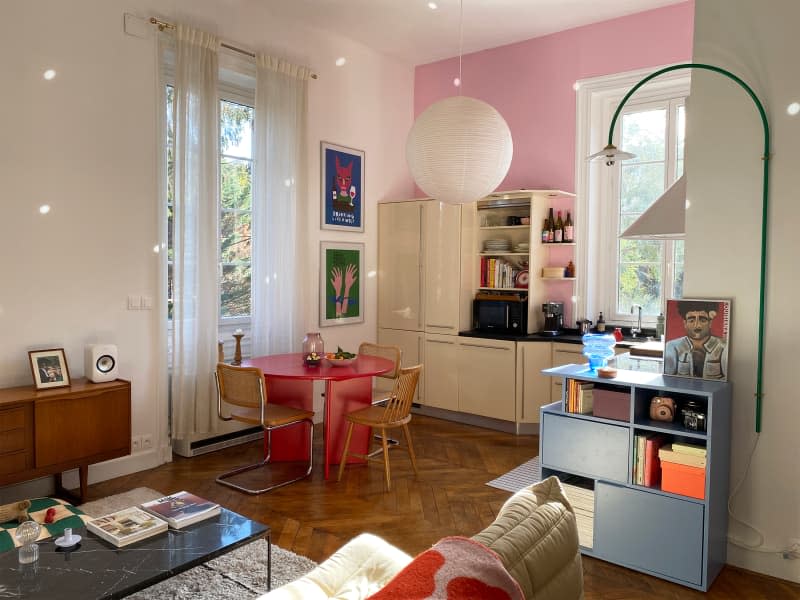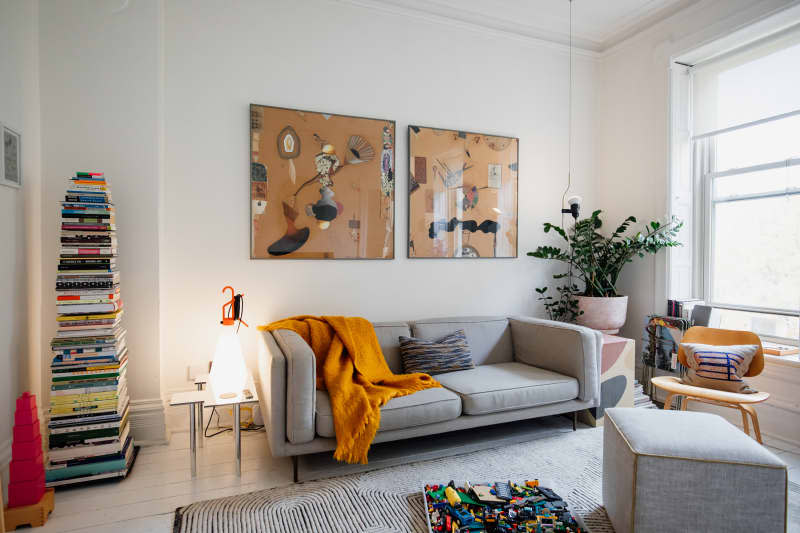7 Lighting Hacks for Better Light in Your Home, According to Designers

Lighting is one of the most important and influential aspects of home decor — everything from a light bulb’s tone to a light switch’s dimmer capabilities can make or break a design. It’s also key to creating a more approachable, functional, and cozy space overall.
Whether you want to increase the amount of light in a specific room or simply elevate your aesthetic (or both!), there are simple ways to completely customize the look and feel of your lighting, even if you rent. I tapped two design experts to share their top tricks on how to improve the lighting in your home.
Tailor your lighting.
According to Bethany Struble, a lead designer at Totum Home, your home can be divided into “task” areas, like the kitchen and office, as well as “relax” spots, such as the bedroom and living room. “You want to make sure that ‘task’ areas are lit properly while still balancing your ‘relax’ areas,” Struble says. That said, you can combine different types of lighting in these spaces for more versatility. “I like to have both mood and task lighting in the kitchen, so there are options,” she adds.

Change your light fixtures.
Alex Bass, an interior designer, art curator, and founder of Salon 21, encourages swapping out light fixtures, even if you’re a renter. “Lighting is the ultimate key to elevating any space and creating a real home,” she notes. Most rentals have flush mounts that can easily be replaced and reinstalled when moving, so think of how you can transform your space with a new pendant light, chandelier, or even a sconce. New brand Tulip even specializes in tool-free “boob light” covers.
Install dimmers.
“Dimmers are an easy way to add something extra to your lighting and provide dimension and function to a space,” Bass says. And, according to Struble, dimmers are particularly impactful on overhead lights because they “allow you to get multiple moods out of the same light fixture.” If the outlet isn’t already on a dimmer, you can easily buy one for your wall box (check out our step-by-step installation tutorial).
Opt for warm vs. cool light bulbs.
Both Struble and Bass recommend using warm light bulbs instead of cool. While the latter might work well in a workstation or an office, warm bulbs offer a sense of calm that helps signal relaxation. Try to keep the temperature and tone of your bulbs consistent throughout most of the rooms in your home, too, for a more cohesive feel from space to space.

Layer in accent lighting.
To create more balance, Struble recommends having a few table and floor lamp options in each room “so you don’t have to rely on overhead lights all the time.” Turning off “the big light” and using smaller fixtures — like portable LED lights — throughout a space also gives you more control over the overall vibe.
Add puck lights.
If you want to level up your kitchen or bookshelf ambience, consider adding adhesive puck lights or lighting strips under the cabinets or shelves, or even buying bookshelf sconce lights (yes, that’s a thing!). This helps amplify the lighting in general, while also creating a more luxurious look.
Be strategic about color-changing bulbs.
Color-changing bulbs and LED strips can be fun, but Struble recommends using them sparingly. “I personally think that having too many color-changing lights can look cheap,” she notes. “Use them as accent lighting, but not as your main source of light.”

